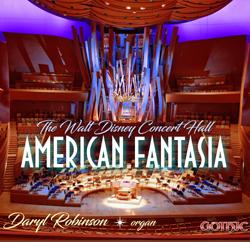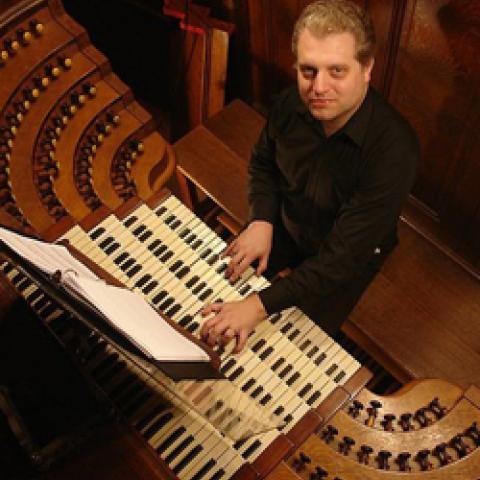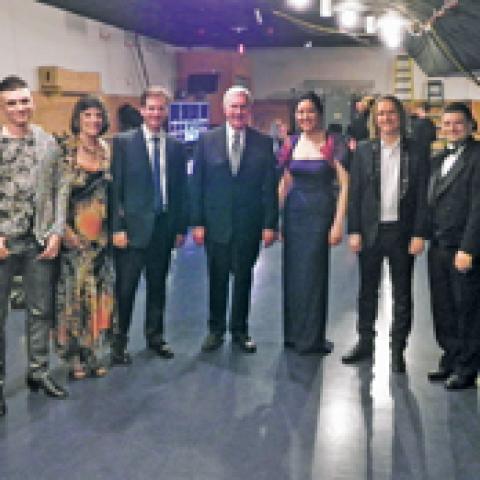
Gothic announces new CD releases:
American Fantasia is the first commercial recording of the Walt Disney Concert Hall organ, Los Angeles, California, built by Glatter-Götz/Rosales. Daryl Robinson is the featured organist performing works by Calvin Hampton, Jeanne Demessieux, Leo Sowerby, Gerre Hancock, McNeil Robinson, and Marcel Dupré. Also included are world premiere recordings of works by George Baker, Aaron David Miller, Jeffrey Brillhart, David Briggs, and Jason Roberts.
Finzi & Howels: Mid-Century Masterworks features the choir of All Saints’ Episcopal Church, Beverly Hills, California, Dale Adelmann, conductor, with Craig Phillips, organist. The disc comprises choral works by Gerald Finzi and Herbert Howells.
For information: www.gothic-catalog.com.




